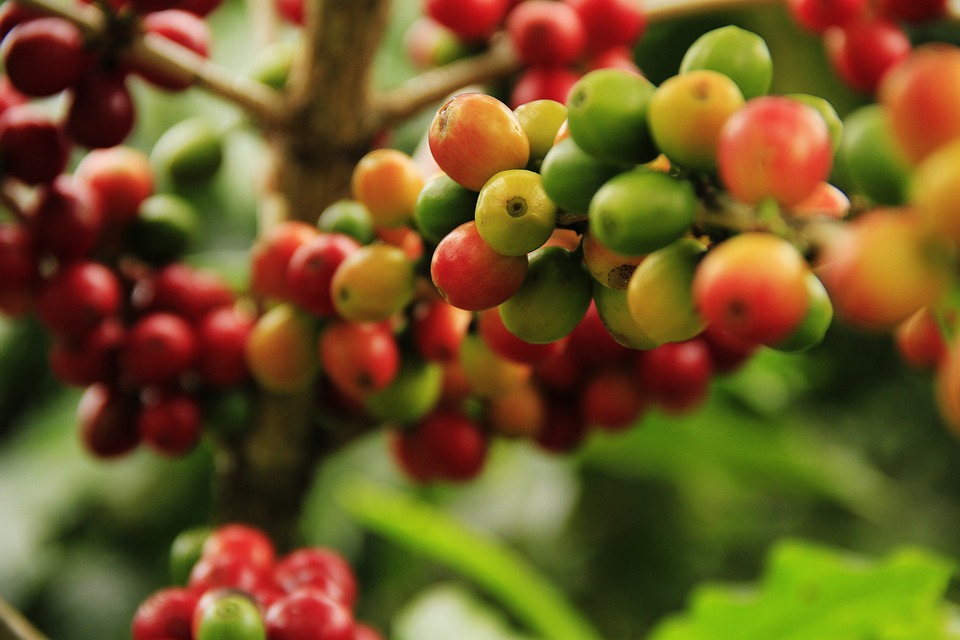Crop Choice & Planning
What to plant when and how profitable ist it going to be?
Agroforestry and food forests are two farming systems that incorporate trees into cropping systems, offering a range of ecological, economic, and social benefits. Choosing the right crops and planning their harvest is a crucial part of ensuring the success and profitability of these systems. In this article, we’ll explore some of the factors that should be taken into consideration when choosing crops and planning the harvest in agroforestry and food forests.
One important factor to consider is the local climate and soil conditions. Trees and crops that thrive in one region may not do as well in another, so it’s important to choose species that are well-suited to the local environment. This will help ensure good growth, productivity, and resistance to pests and diseases.
Another factor to consider is market demand for the crops. Different crops have different market values, and some may be more profitable than others.

It’s important to research the local market to determine which crops are in demand, and to plan the harvest accordingly. For example, if the local market is flooded with a particular crop, it may be more profitable to choose a different crop that is in high demand.
In the future, it is expected that some crops may become more profitable due to changing market demands, such as increasing demand for organic, locally-grown produce. This is particularly true for specialty crops, such as exotic fruits and vegetables, that are in high demand but have a limited supply. It’s important to keep an eye on the market trends and adapt the crop choices accordingly.
However, there is also some risk associated with choosing crops based on market demand. The market can be unpredictable, and there is always the risk that a crop may not sell as well as expected. This can be mitigated by diversifying the crop mix, so that the impact of a poor-performing crop is spread out over several crops.
Another important factor to consider when choosing crops and planning the harvest is the timing. Some crops have a specific growing season, and it’s important to plan the harvest to coincide with this. For example, some fruit trees, such as apple trees, need to be harvested in the fall when the fruit is ripe. Other crops, such as vegetables, may need to be harvested several times a year, so it’s important to plan the harvest to coincide with their growing cycle.
Finally, it’s important to consider the ecological impact of the crops and their harvest. Trees and crops can have a significant impact on the local ecosystem, so it’s important to choose species that are well-suited to the local environment and to use sustainable practices during the harvest. This may include using organic fertilizers, reducing pesticide use, and using water-saving techniques.
In conclusion, crop choice and harvest planning are crucial components of successful agroforestry and food forests. Choosing the right crops and planning the harvest correctly can help ensure profitability, reduce risk, and minimize the ecological impact of these systems. When considering crop choice and harvest planning, it’s important to consider factors such as the local climate and soil conditions, market demand, timing, and ecological impact.
Let’s talk about your project!
Our development team will be happy to get designing with you.
We asses your land, the future potential of perennial crops, etc.
Just contact us and we will see, if we can help.

More resources
Contact Us
ESSWALD
Supai-Ventures S.R.L.
Santa Maria del Cami
07320 Mallorca
Islas Baleares, SPAIN
(+34) 625 239 394
hello@esswald.com
